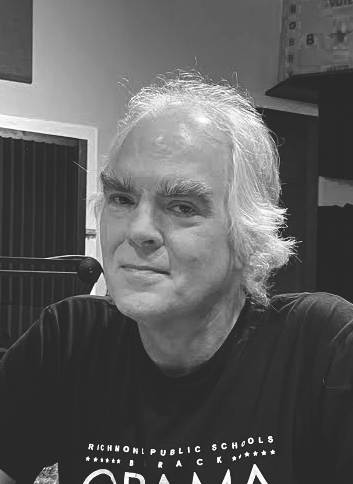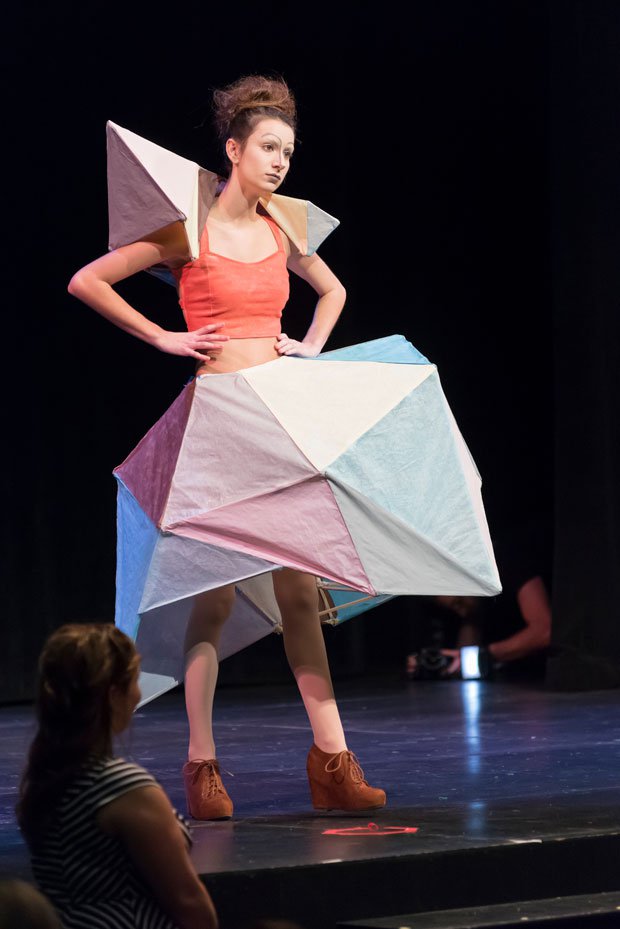Two rhinestone-quality tales

The Elvis Legends
Elvis Presley’s visits to Virginia produced not only the famous 1956 French kiss photograph in Richmond, but memorable tales from Hampton and Norfolk too.
The Elvis Door | April 9, 1972
Elvis’ first appearance in Virginia in 16 years was at the Hampton Coliseum. A record-breaking crowd of 21,600 attended Elvis’ two shows at the venue—he would return in 1974 and 1976. The consensus at the time: He still had it.
“He bounded on stage in a red bell-bottom suit, complete with cape and white shoes that have apparently replaced his by-now-famous white outfit worn at Vegas.’’ The Virginian-Pilot wrote, “Still possessed with a good deal of boyish mischievousness, he substituted ad lib lyrics that often set his orchestra members into gales of laughter in mid-performance.”
Elvis may have left something behind at the arena, too—a special entrance. According to legend, the King felt that the walk from his limo was too long, and he demanded that the Coliseum build him a special entrance that led from outside the venue almost directly to the dressing room so he could enter and exit the show in a flash. The “Elvis Door” has since become something of an inside show biz legend for Elvis-centric performers who play the venue; Tom Petty is but one rocker who has had his photograph taken in front of the door in homage.
Like most urban legends, there is a grain of truth to the “Elvis Door” story. But not much more than that. According to Andy Greenwell, the man who ran the Coliseum for the City of Hampton from 1975 to 1994, a special door was indeed constructed prior to one of Presley’s visits. “But they didn’t do it just for Elvis … there were different people that wanted a private entrance to the star’s dressing room.” Greenwell says that, in the early days of the Coliseum (which opened in 1969), such additions were common. “It was a modification. There were a couple others that they did, too, around the same time.”
But you can still find traces of the King there. His “Return to Sender” Fan Club sponsored a special plaque inside the hall to commemorate the concerts, listing the dates of each of the concerts he gave at the Coliseum.
At Elvis’ final appearance, for two shows in 1976, Greenwell says, Colonel Tom Parker came in advance to prepare—“but he wasn’t here the night of the show”—and that Elvis was transported to and from the gig in an unmarked police car, not a limo. “Everybody wanted to see him and meet him. They thought he was going to be in the hotel near the Coliseum. Actually, he had a big house trailer and it was put on the grounds of the Newport News airport. They just put everything he wanted right in there, and that’s where he stayed—a trailer.”
The Catfish Incident | July 20, 1975
Many music historians point to the infamous “catfish” incident at a Norfolk Scope concert as arguably the lowest point in Elvis’ career. By the mid-1970s, the King was in physical decline. In concert, he slurred his words and displayed eccentric, sometimes hostile behavior. Fans began to see the devastating effects of the aging singer’s longtime drug use.
For this tour, Elvis had a retinue of background singers in his band, including Kathy Westmoreland, who had sung with Elvis for six years, and a trio known as the Sweet Inspirations. Elvis and Westmoreland had had a long, burning romantic affair that went sour, and the King began to replace his witty stage patter with snide asides about his background singer. “She’ll take affection from anyone, anytime, anyplace,” he told one audience.
When the act came to Norfolk for two shows on July 20, 1975, he had a meltdown. During one point in the evening performance, according to United Press International, Elvis informed the audience that “he smelled green peppers and onions and that his backup singers, the Sweet Inspirations, had probably been eating catfish.”
Presley biographer Peter Guralnick: “Neither Kathy nor the Sweets knew exactly what he meant by the ‘catfish’ remark; none of them thought it was racial—they just knew it was hostile, and there was an ugly undertone not just to that comment but to his whole demeanor.”
When Estelle Brown, one of the Sweet Inspirations, hung her head, Elvis lashed out at her, and the rest of the band, saying, “If you don’t look up, I’m going to kick your ass.” Brown walked offstage as Elvis reportedly “glowered” at the rest of the singers. “Sorry for any embarrassment I might have caused. But if you can’t take the heat, get off the pot,” the King thundered as a restless murmur was heard from the crowd. Eventually, Sylvia Shemwell of the Inspirations walked off, and so did Kathy Westmoreland.
In a concert review, a reporter for the Virginian-Pilot wrote, “The tension among the fans was noticeable. Reports on Elvis’ health have been rampant in the past year. Stories that he would never work again because of excessive weight gain have also been printed.’’
In Greensboro the next day, Elvis apologized to the band for his outburst. The Sweet Inspirations performed, but Westmoreland left the tour. The only explanation Elvis ever gave for the bizarre “Catfish Incident” was, “I thought it was funny.”








